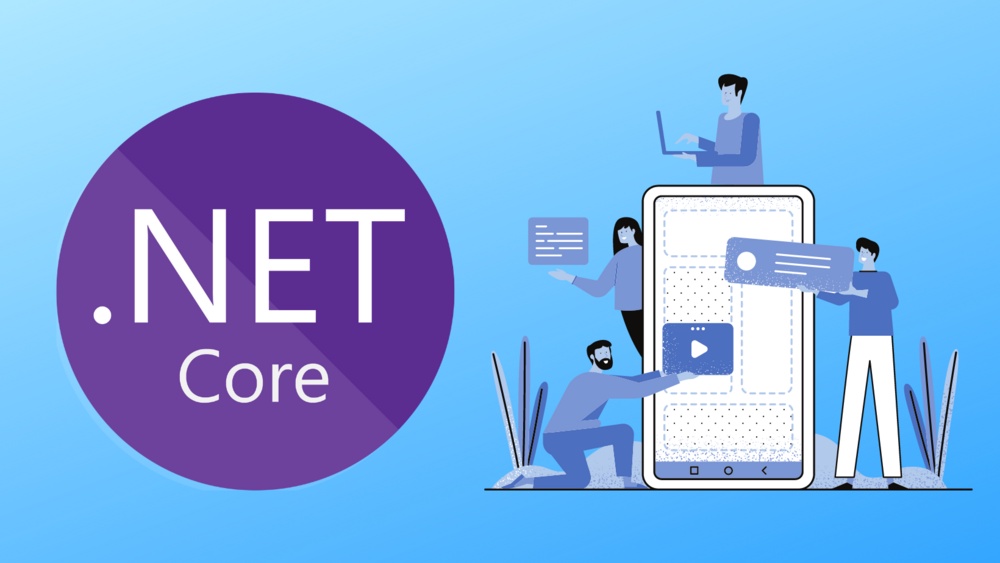As .NET Core becomes more popular, it’s important to understand what options are available to you and how to implement them effectively so that you can get the most out of your experience with the framework. If you don’t know what these best practices are, you may be missing out on key elements of the framework that could speed up development or make things easier overall. As such, it’s good to review the best practices of .NET Core and learn how they can be used to improve your projects over time.
Develop on multiple platforms
The .NET Framework has been around for a long time, and developers have built and deployed applications on it for years. While this is great for some things, it's not always what you need. If you're looking to develop on multiple platforms or create highly scalable applications, then you may want to take advantage of the new features that come from using .NET Core. One common misconception about .NET Core is that it's only available on Windows. This isn't true!
Use the command-line interface
If you want to use the command-line interface, then make sure you are using the Command Prompt application. To open it, right-click on the Start button and choose the Command Prompt option. When it opens, type in .NET and press enter to see a list of available commands. You can also use the same command-line interface in PowerShell by typing. NET. The command-line interface is the easiest way to use the power of the command line on Windows. Whether you are a beginner or a seasoned pro, you'll find the right tool for your needs.
Create self-contained deployments
When building or updating an application, it is considered the Best .NET Core Practice to create self-contained deployments. Self-contained deployments maximize the portability of your application and minimize installation time. One way to accomplish this is by building your own NuGet package. Another method for creating a self-contained deployment is via Docker. In both cases, you need to ensure that any dependencies are also included in the deployable artifact. Package includes can be used to add files and folders that would otherwise be excluded from the NuGet build.
Optimize for performance
.NET Framework has been around for a while, but it's not always optimized for performance. The runtime is large and may take up to ten seconds to load on some machines. Because there are so many different types of devices that need this framework, optimizing for performance is challenging.
.NET Core offers many ways to optimize for performance, including minimizing the size of your application and choosing the right version based on which platform you plan to deploy it on.
Take advantage of new features
.NET Core has been designed to take advantage of new features that allow it to be more responsive than previous versions. This means you can use this version of .NET on a variety of devices, including embedded systems and Raspberry Pis. It also provides cross-platform compatibility, meaning you can write an application that is compatible with Windows, Linux, and MacOSX. These features make it easier to work efficiently in a world where people have different operating systems.
Final Thoughts
As you can see, not only are there best practices that you should follow. but there are also other things to consider when working with a new language. You can also Hire .Net Core developer to get developed your next project. Don't let this discourage you though because as long as you can find someone who is familiar with the language it shouldn't be too difficult.


No comments yet